Is Malta a country? From its days under the monastic rule of the Knights of St John to independence from the British Empire in 1964, here’s everything you need to know about Malta’s sovereign history.
“We start at Malta’s Independence Monument,” said Darrell Azzopardi, a Maltese local who was about to show me around Valletta, the small island nation’s capital city. “We declared independence from the oppressor, from the British, in 1964!”
Azzopardi, who knew I was British – as were almost all of the people on his tour – was half joking with his use of the word ‘oppressor’. “It was more like a mutual agreement,” he added. “But I remember there were thousands of people here celebrating, even Price Phillip!”
Azzopardi described Malta’s relationship with the British, who ruled here from 1800 until independence in 1964, as cordial. Indeed, Malta’s economy flourished, and a movement attempted to further integrate Malta into the United Kingdom in the 1950s (there was even a referendum in 1956 that passed, and called for Malta to become permanently British) until the British opted to sever ties under increasing nationalist pressures.
Since then, Malta has been an independent nation. But the British weren’t the first to assert their rule over Malta. The earliest evidence of human activity dates back to 5900 BC, and the islands’ location at the crossroads of the Mediterranean ensures that Malta has long been coveted as a strategic prize. The Phoenicians, Romans, Arabs and Normans, all conquered Malta before the Knights of St John ruled for centuries. Then came the French in 1798, swiftly followed by the British two years later.
This long but fascinating history of conquest, combined with Malta’s location just south of Italy yet continuing use of English as an official language, often poses a question to visitors: Is Malta a country? Yes, it is, but in this article, I delve into a comprehensive exploration of the topic to understand Malta’s unique geopolitical status and dispel any ambiguities.
Whether you’re a geography enthusiast, an ardent traveller, or simply someone looking to expand your global knowledge, keep reading, for an in-depth insight into Malta.
Table of Contents
Is Malta a country?
“No more let us alter or falter or palter. From Malta to Yalta, and Yalta to Malta.”
Winston Churchill.
Yes, Malta is an independent country. Although it’s often overlooked in favour of its larger Mediterranean neighbours, Malta is a country in its own right with a fascinating culture and an even longer history. Located just south of Sicily, this archipelago nation is the smallest member of the European Union by both area and population. It consists of three inhabited islands: Malta, Gozo and Comino, each boasting remarkable landscapes, historical sites and coastal beauty.
Malta’s status as a country is undeniable. It gained independence from British rule on September 21, 1964, following a period of almost 150 years as a British colony. Since then, Malta has been a fully sovereign nation with its own constitution, political system, and institutions. In 1974, it officially declared itself a republic, further solidifying its independent status.
The nation is a member of several international organizations, including the United Nations and the European Union, which it joined in 2004, affirming its standing on the global stage. Malta uses the Euro as its official currency and participates in the policy-making process of the EU, which it contributes to through its six representatives in the European Parliament.
Furthermore, Malta has a distinctive culture, language and identity that underscore its status as a separate entity. The Maltese language, a unique blend of Arabic, Italian, English and other influences, is one of the two official languages of the country along with English.

Facts about Malta
Before we delve deeper into Malta’s history and politics, here are the most important facts to know about Malta:
- Official Name: Republic of Malta
- Location: Mediterranean Sea, around 93 km south of Sicily (Italy)
- Capital City: Valletta
- Area: Approximately 316 sq km
- Population: Approximately 514,564 (as of the last census in 2021)
- Official Languages: Maltese, English
- Religion: Predominantly Roman Catholic
- Currency: Euro (€)
- Time Zone: Central European Time (CET) and Central European Summer Time (CEST)
- Climate: Mediterranean; mild, rainy winters; hot, dry summers
- Government: Unitary parliamentary constitutional republic
- Head of State: President (non-executive)
- Head of Government: Prime Minister
- Legislature: Parliament of Malta
- Independence Day: September 21, 1964 (from the UK)
- EU Membership: Since May 1, 2004
- UN Membership: Since December 1, 1964
- Major Industries: Tourism, manufacturing, financial services, information technology
- Natural Features: Coastal cliffs, terraced fields, sandy and rocky beaches
- Cultural Highlights: Prehistoric temples, medieval towns, vibrant festivals, unique cuisine
- UNESCO World Heritage Sites: City of Valletta, Hal Saflieni Hypogeum, Megalithic Temples of Malta

Read more: 28 Best Places to Visit in Malta
A brief history of Malta
“In Malta, the Wars of Religion reached their climax. If both sides believed that they saw Paradise in the bright sky above them, they had a close and very intimate knowledge of Hell.”
Ernle Bradford, The Great Siege of Malta, 1565.
The history of Malta showcases the multitude of cultural and political influences that are reflective of its strategic position in the Mediterranean Sea. Archaeological evidence suggests that the islands were first inhabited around 5900 BC by settlers from Sicily. These early inhabitants left a remarkable legacy, including the Megalithic Temples, which are some of the oldest free-standing structures in the world.
In 870 AD, the Arabs conquered Malta, significantly impacting its culture and language. They ruled until 1091, when the Normans of Sicily took control. The Knights of St. John, granted Malta by Charles V in 1530, left a significant mark on the island, fortifying it against Ottoman invasions, notably the Great Siege of 1565.
Napoleon Bonaparte’s forces captured Malta in 1798 during his Egyptian campaign. The French rule was short-lived, as they were unpopular with the Maltese, leading to a revolt. The British, initially assisting the Maltese to expel the French, formally acquired Malta as a colony in 1814 through the Treaty of Paris.
Malta played a crucial role in both World Wars due to its strategic location. It suffered heavy bombing during World War II but withstood the onslaught, leading King George VI to award the island the George Cross for its bravery.
On September 21, 1964, Malta achieved independence from Britain. It became a republic in 1974, maintaining the British monarch as the head of state until December of that year. Joining the European Union in 2004, Malta continues to build upon its remarkable history as a fully sovereign nation.
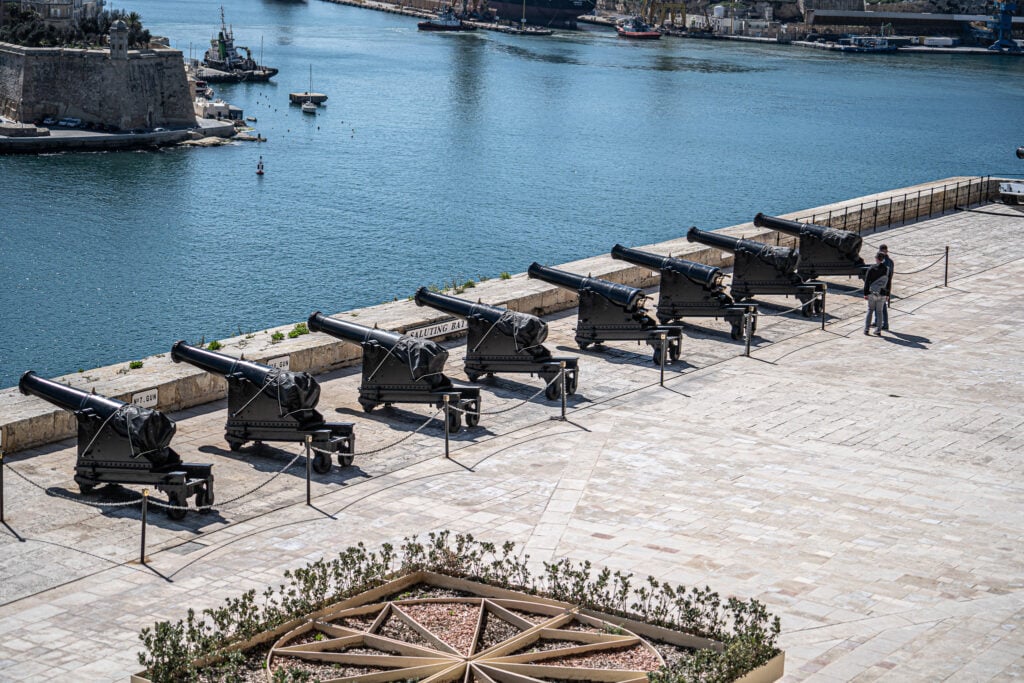
Read more: 15 Things to Do in Valletta, Malta
Where is Malta?
Malta is a Southern European island nation located in the heart of the Mediterranean Sea. This strategically positioned archipelago lies approximately 93 kilometres south of the island of Sicily, Italy, and about 288 kilometres north of the African coast (Tunisia), acting as a bridge between Europe and Africa.
The country is comprised of three main islands: Malta, the largest and most populous; Gozo, renowned for its scenic hills; and Comino, largely uninhabited and famous for the turquoise waters of the Blue Lagoon. Together, these islands form an archipelago that spans a compact area of roughly 316 square kilometres, making Malta one of the world’s smallest countries in terms of land area.
Positioned in the centre of the Mediterranean, Malta has served as a crucial maritime link throughout history, influenced by numerous Mediterranean cultures. Today, its geographical location gives it a unique blend of influences, a temperate climate and an allure for geopolitical-loving travellers worldwide.
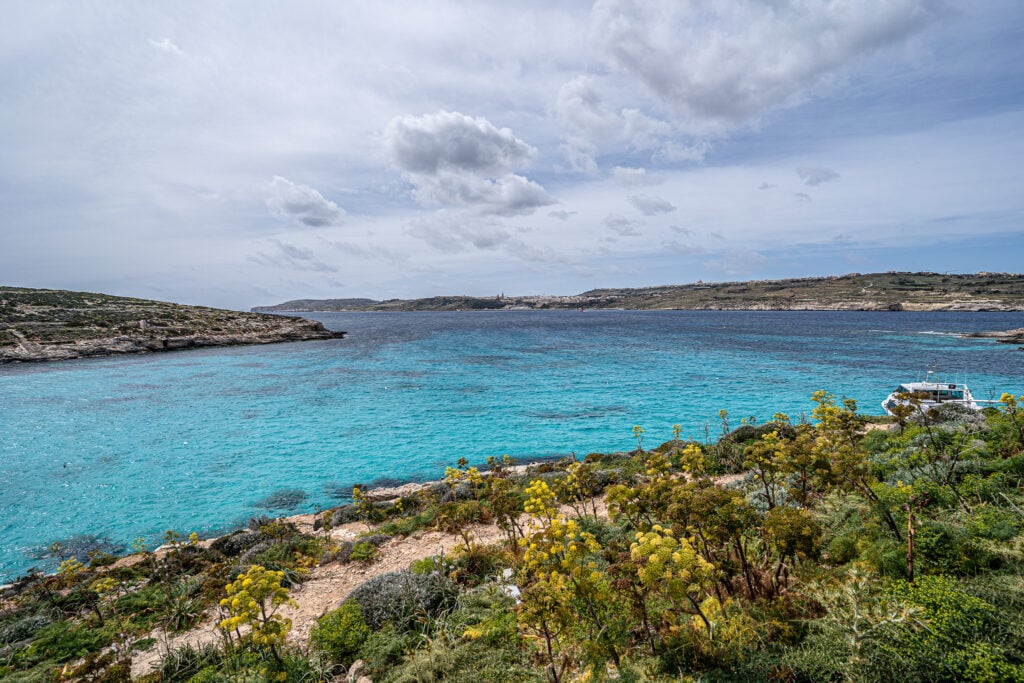
Read more: Is Lebanon a Country? Everything You Need to Know.
How many islands are there in Malta?
“Gozo remained an utterly private place, an island in petto – within the breast – and lucky the man who could find the key, turn the lock, and vanish inside.”
Nicholas Monserrat, author of ‘The Cruel Sea’.
The Maltese archipelago consists of three main inhabited islands: Malta, Gozo, and Comino. Malta is the largest island and serves as the political, commercial and cultural hub of the country. Gozo, to the northwest, is more rural and is known for its scenic landscapes, historical sites, and beautiful beaches. Comino is largely uninhabited, hosting only a few residents, and is popular among tourists for the Blue Lagoon.
In addition to these, there are also several smaller, uninhabited islands. These include Cominotto, Filfla, and the St. Paul’s Islands. Each of these smaller islands has its own unique features and, despite their uninhabited status, contributes to the overall biodiversity and ecosystem of the Maltese archipelago.

Read more: 10 Best Things to Do in Mdina, Malta
What is the capital of Malta?
The capital city of Malta is Valletta. Established in the 16th century by the Knights of St. John, a Roman Catholic order, Valletta is rich in history and architectural beauty. Its design was entrusted to the esteemed military engineer Francesco Laparelli, and later, Maltese architect Gerolamo Cassar, leading to a harmonious blend of Baroque, Mannerist, Neo-Classical and Modern architecture.
Valletta, often referred to as ‘Il-Belt; (The City) by the locals, is renowned for historical sites such as St. John’s Co-Cathedral, the Grand Master’s Palace and Fort St. Elmo. Notably, the city is one of the few inhabited UNESCO World Heritage Sites in the world.
Despite being one of the smallest capital cities in the European Union, Valletta packs a significant cultural punch. It was named the European Capital of Culture in 2018, testament to its rich historical, artistic, and cultural value. Today, Valletta serves not only as the political and administrative hub of Malta, but also as an important tourism, retail and cultural centre.
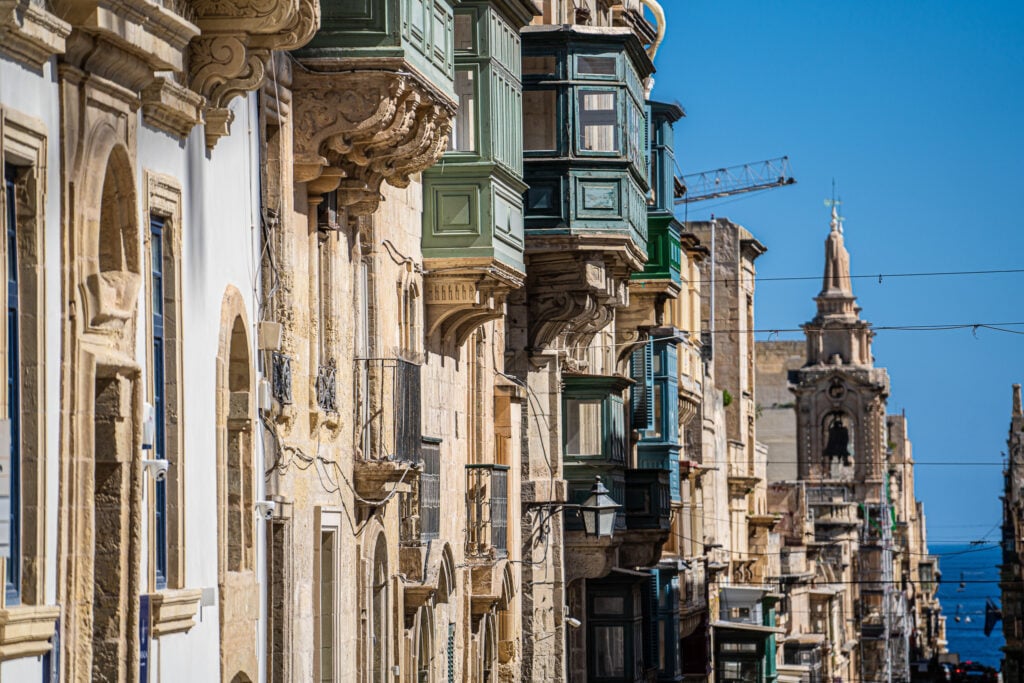
Read more: Exploring Europe’s Smallest Countries – Which Microstates Should I Visit?
When did Malta gain independence from the British?
One of the most recent and impactful of these periods was British colonisation, which played a significant role in shaping modern Malta.
British rule in Malta began formally in 1814 with the Treaty of Paris, following a brief period of assistance against French occupation. The British era in Malta was marked by several crucial developments, including the use of the Maltese Islands as a key strategic base during the two World Wars.
After numerous constitutional changes and growing nationalist sentiment in the post-World War II era, Malta embarked on the path to self-governance. Following negotiations with the British government, Malta finally achieved its long-desired goal of independence on September 21, 1964.
This date is commemorated annually as Independence Day, a national holiday celebrating Maltese sovereignty and independence. The last British forces left Malta several years later in 1979, a day which the Maltese celebrate as ‘Freedom Day‘.

Is Malta in the Commonwealth?
Malta is a member of the Commonwealth of Nations, an intergovernmental organization composed of 54 member states, nearly all of which are former territories of the British Empire. After gaining independence from Britain on September 21, 1964, Malta chose to join the Commonwealth.
This decision reflects Malta’s historical connections with the UK and its desire to maintain and build upon these relationships through shared values of democracy, human rights, and the rule of law that underpin the Commonwealth. Malta has been an active member, and in 2015, it hosted the Commonwealth Heads of Government Meeting (CHOGM).
What is the Maltese flag?
The Maltese flag consists of two vertical bands of white (on the hoist side) and red. The George Cross, which is in the top hoist-side corner, is a representation of the medal that was awarded to Malta by King George VI of the United Kingdom in 1942.
During World War II, Malta played a crucial role due to its strategic location between Europe and North Africa. The island endured relentless bombings and naval blockades by the Axis powers, especially between 1940 and 1942. Despite heavy destruction and significant hardships faced by the Maltese people, they showed incredible resilience and determination.
In recognition of the island’s bravery and in honour of the sacrifices made by its people, King George VI awarded Malta the George Cross on 15th April 1942. The award was given “to bear witness to a heroism and devotion that will long be famous in history.” This was an unprecedented act, as the George Cross is usually awarded to individuals, not an entire population or nation.
The cross has since been incorporated into the national flag to symbolise Malta’s courage during wartime and the nation’s enduring spirit.

Is Malta in Europe?
Yes, Malta is in Europe. Located in the Mediterranean Sea, it is considered part of Southern Europe. While it lies closer to North Africa in terms of geography, politically and culturally, Malta is European. It is one of the member countries of the European Union, having joined on May 1, 2004. The country’s political systems, legal frameworks, and cultural practices align with European norms and standards.
The decision to join the EU marked a significant moment in Malta’s history. It symbolised a decisive move towards greater integration with Europe and opened a new chapter of growth, development, and international cooperation for the country. Since its accession, Malta has actively participated in the EU’s policy-making processes and has contributed to the collective decision-making that underpins the Union.
EU membership has brought many benefits to Malta, including access to the European Single Market, substantial investment in infrastructure and development projects, and opportunities for Maltese citizens to live, work, and study anywhere in the EU. Additionally, it has provided the country with a platform to voice its interests on the international stage.
At the same time, Malta has embraced its European identity while preserving its unique culture, heritage, and language. Its capital, Valletta, was named the European Capital of Culture in 2018, reflecting Malta’s rich cultural contribution to Europe. In summary, Malta’s membership in the EU has shaped its modern identity and will continue to influence its future trajectory.
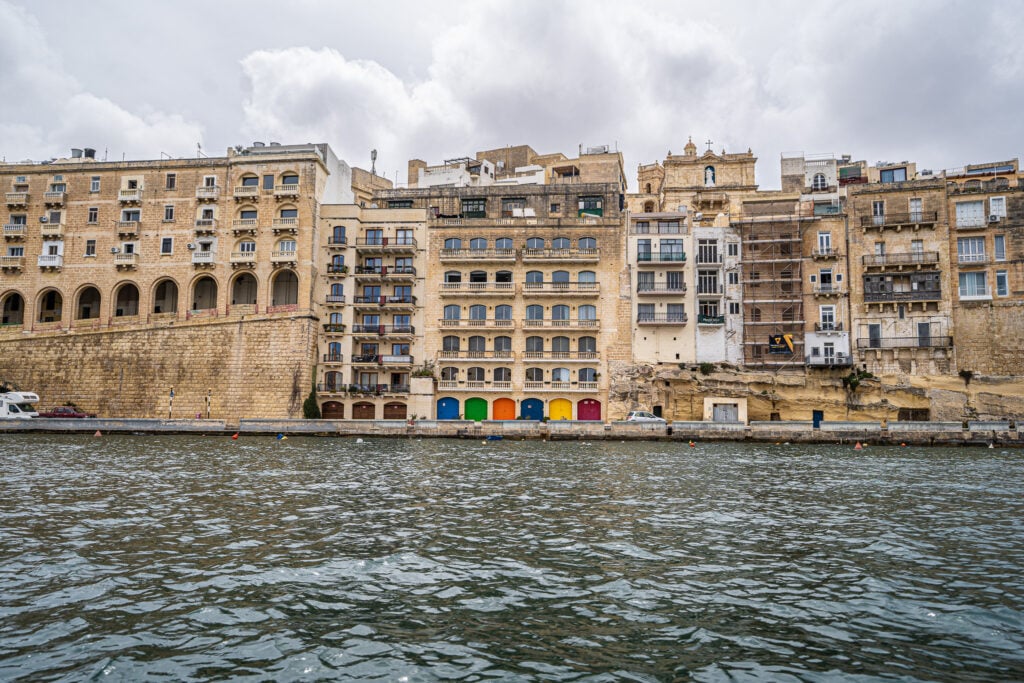
Read more: From Phoenicians to Picasso: How to explore the best of Malaga’s history
What languages do they speak in Malta?
The official languages of Malta are Maltese and English. Maltese, the national language, is spoken by virtually the entire population. It is unique among Semitic languages since it is the only one written in the Latin script and has substantial borrowings from Italian, Sicilian, English and French.
Maltese has been shaped significantly by Malta’s rich history and the various cultures that have influenced the island over the centuries. It originally derived from an Arabic dialect that developed in Sicily and the southern Italian region between the 9th and 12th centuries AD. Today, it contains a large number of loan words from Italian and English, reflecting periods of Italian and British rule.
English is also widely spoken in Malta due to the country’s period as a British colony from 1814 to 1964. It is used in many areas of daily life, including business, education, and the media. The use of both Maltese and English allows Malta to maintain its unique cultural identity while also participating actively in international affairs.
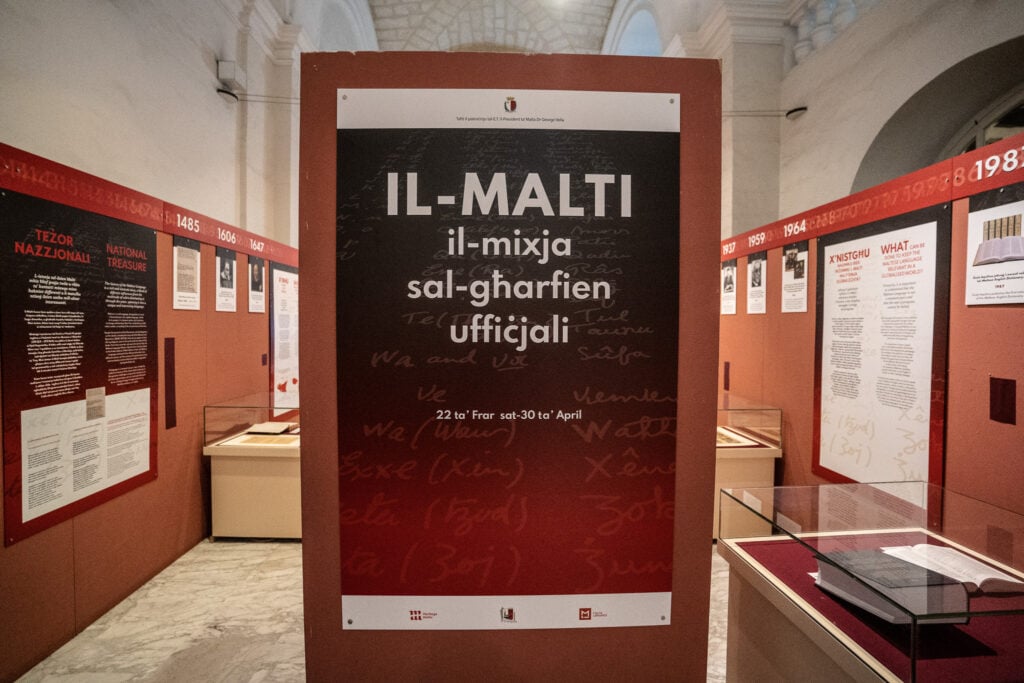
What type of government does Malta have?
Malta operates under a unitary parliamentary constitutional republic. This form of government is characterised by a single governing body (in this case, the Parliament of Malta) with total sovereignty over the country, a constitution that outlines the country’s political structure and rights, and a head of state that is distinct from the head of government.
The President of Malta is the head of state, and while the role is largely ceremonial, the President represents the unity of the nation and ensures the country’s constitution is observed. The President is appointed by the Parliament for a five-year term.
The head of government is the Prime Minister, who holds executive powers. The Prime Minister is the leader of the party that has the majority of seats in the House of Representatives, which is the unicameral parliament of Malta. The Prime Minister is responsible for the administration of the country, policy-making and the implementation of laws.
This system of government in Malta is very similar to that of the United Kingdom and other Commonwealth countries, reflecting Malta’s history as a British colony until 1964.
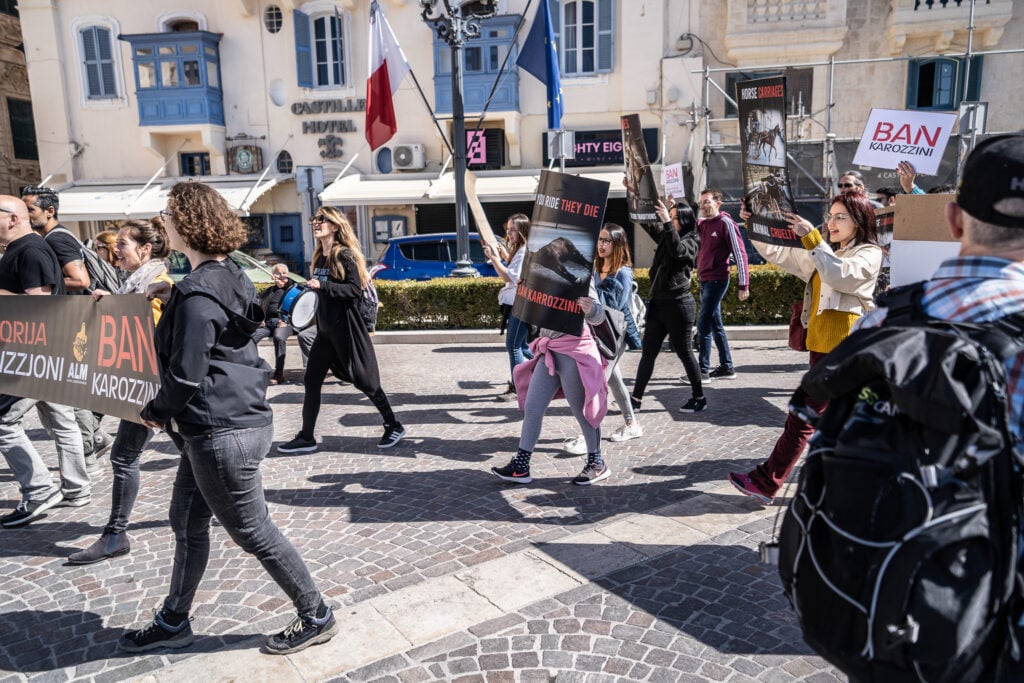
Read more: Is Kosovo a Country? Everything You Need to Know.
What religions do they practice in Malta?
The predominant religion in Malta is Roman Catholicism. The Constitution of Malta establishes Catholicism as the state religion, and it plays a significant role in the country’s cultural, social, and political life. Malta is home to over 360 churches, which is quite remarkable considering the small size of the archipelago.
The influence of the Catholic Church in Malta is profound, with religious traditions and festivities embedded in the country’s cultural fabric. These include the celebration of patron saints’ feast days, or festas’, in towns and villages throughout the summer, which are marked with processions, fireworks, music, and food.
While the population is predominantly Catholic, freedom of religion is constitutionally guaranteed in Malta. Other religious communities, though much smaller in number, exist on the island, including Islam, Protestant Christianity, Greek Orthodox Christianity, Judaism and Baha’i, among others.

Why isn’t Malta part of Italy?
While geographically close to Italy, Malta has its own distinct history, language, and culture, and has been an independent nation since 1964.
During the time of Italian unification in the 19th century, Malta was a British colony. While there was an Italian irredentist movement that aimed to include Malta in a united Italy, it never gained substantial traction. Maltese identity had evolved independently, with a unique language that, although Semitic in origin, had incorporated significant elements from Italian and English.
Post World War II, there was a growing desire for self-governance in Malta. It gained independence from Britain in 1964, became a republic in 1974, and joined the European Union in 2004.
While Malta maintains close ties with Italy due to proximity and historical connections, it has its own sovereign identity and is not part of Italy or any other country.

FAQ: Is Malta a country?
Here’s a short FAQ on the topic: Is Malta a country?
Q1: Is Malta a country?
A: Yes, Malta is a recognised and sovereign nation. It gained its independence from Britain on September 21, 1964.
Q2: Where is Malta located?
A: Malta is an island country located in the Mediterranean Sea, about 93 km south of the island of Sicily, Italy.
Q3: What is the capital of Malta?
A: The capital city of Malta is Valletta.
Q4: What languages are spoken in Malta?
A: The official languages of Malta are Maltese and English.
Q5: Is Malta a member of the European Union?
A: Yes, Malta has been a member of the European Union since May 1, 2004.
Q6: What is the currency of Malta?
A: The official currency of Malta is the Euro (€).
Q7: What type of government does Malta have?
A: Malta is a unitary parliamentary constitutional republic. The President is the head of state and the Prime Minister is the head of government.
Q8: Is Malta part of the Commonwealth?
A: Yes, Malta is a member of the Commonwealth of Nations, an intergovernmental organisation primarily of former territories of the British Empire.
Q9: What is the population of Malta?
A: As of the last census in 2021, the population of Malta was approximately 514,564.
Q10: What are the main industries in Malta?
A: Malta’s main industries include tourism, manufacturing, financial services, and information technology.



Recent Comments